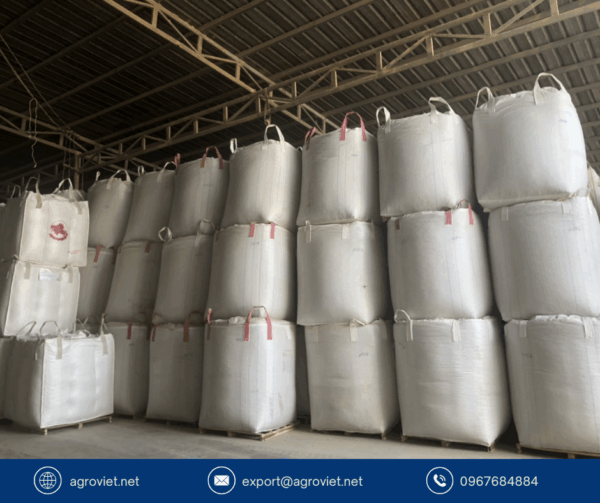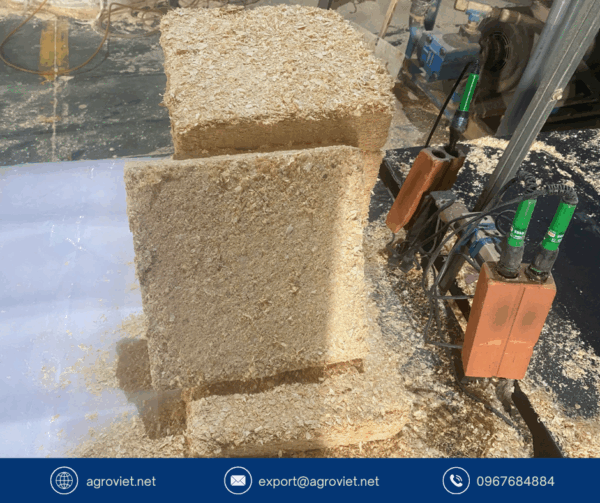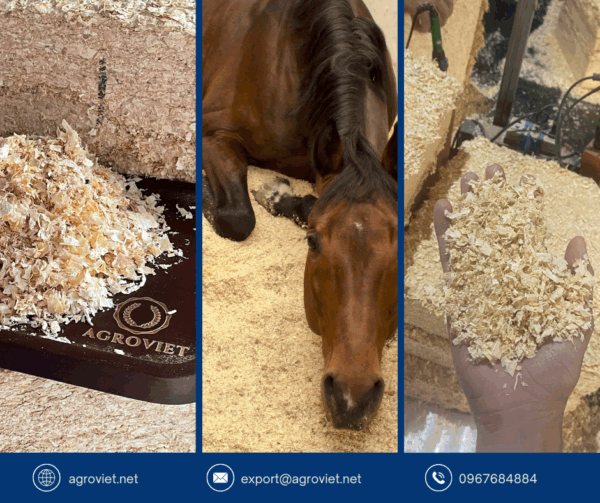Cattle Bedding in Extreme Cold: Why Wood Shavings Outperform Straw
In the depths of winter, when temperatures plummet below zero and icy winds sweep through the barn, cattle face heightened risks of stress, illness, and mortality. The right bedding can be the difference between a thriving herd and significant losses. While straw has been a go-to bedding for many farmers, wood shavings emerge as a superior choice in extreme cold, offering unmatched warmth, comfort, and health benefits. This post dives into why wood shavings outperform straw, with a focus on their dramatic impact on reducing cattle mortality rates, illustrated by a realistic case study of a Montana farming couple.

The Winter Threat to Cattle
Extreme cold is a formidable challenge for cattle, particularly in feedlots or barns where confinement increases exposure to environmental stressors. Cold stress weakens immune systems, paving the way for diseases like bovine respiratory disease (BRD), pneumonia, and foot rot. Wet, unsanitary bedding compounds these issues, fostering bacteria and reducing insulation. Research indicates that winter mortality rates in feedlot cattle can range from 5-10% with suboptimal bedding like straw, driven by respiratory infections and cold-related stress. Proper bedding is critical to minimizing these losses and keeping your herd healthy.
Why Straw Underperforms in Extreme Cold
Straw, derived from cereal grains, is widely used due to its affordability and availability, especially for farmers growing their own. However, in harsh winter conditions, straw’s limitations become glaring:
-
Poor Absorbency: Straw absorbs only 1.5-2.5 times its weight in moisture, leading to wet, frozen bedding that chills cattle and promotes disease.
-
Compaction: Heavy cattle compress straw into flat, hard layers, eliminating its insulating properties and exposing animals to cold surfaces.
-
Pathogen Growth: Damp straw harbors bacteria like E. coli and Streptococcus, increasing risks of mastitis, foot rot, and respiratory infections.
-
Dust and Mold: Straw often contains dust or mold, especially if improperly stored, contributing to respiratory issues like BRD.
These shortcomings drive significantly higher mortality rates. Studies suggest straw-bedded pens in feedlots can see winter mortality rates of 5-10%, with wet conditions and bacterial growth exacerbating health issues. In extreme cold, straw’s inability to keep pens dry and warm directly contributes to these losses.

Why Wood Shavings Shine in Winter
Wood shavings, especially from softwoods like pine, address straw’s weaknesses with superior performance:
-
High Absorbency: Shavings absorb 4-6 times their weight in moisture, keeping pens dry and reducing pathogen growth that fuels diseases like pneumonia.
-
Insulation: Their fluffy, layered structure traps air, creating a warm, insulating barrier. A 6-8 inch layer protects cattle from freezing floors, reducing cold stress.
-
Comfort: Shavings remain soft and cushioned, encouraging cattle to rest, which supports weight gain and overall health.
-
Low Dust: Kiln-dried shavings minimize dust, cutting down on respiratory irritation compared to moldy or dusty straw.
-
Odor Control: Shavings neutralize ammonia, improving air quality in barns with limited winter ventilation.
These qualities significantly lower mortality rates. Feedlot data indicates that wood shavings can reduce winter mortality to 1-3%, a 4-7% improvement over straw’s 5-10%, by maintaining dry, warm conditions that curb disease and stress.
Mortality Rates: Shavings vs. Straw
The contrast in mortality rates between straw and wood shavings is stark. Straw’s poor absorbency and tendency to harbor pathogens contribute to winter mortality rates of 5-10% in feedlot cattle, with peaks during extreme cold snaps. Wet, compacted straw increases BRD and foot rot, which are leading causes of death. Wood shavings, by contrast, keep pens drier and warmer, reducing mortality to 1-3%. For example, a Hubbard Feeds study noted that dry bedding like shavings lowers stress in weaned calves, cutting respiratory-related deaths by up to 50% compared to straw. In a 200-head feedlot, switching to shavings could save 8-14 cattle per winter compared to straw’s higher losses.
Case Study: The Larson Family Farm
Tom and Ellen Larson manage a 250-head beef cattle feedlot in central Montana, where winter temperatures often drop to -30°F with heavy snow. For years, they relied on straw from their barley fields for bedding. While cheap, it led to persistent problems: wet pens froze overnight, and their cattle suffered from BRD and foot rot. In the brutal winter of 2022, they lost 22 cattle (8.8% of their herd), far above their usual 3-4% annual mortality, with most deaths linked to respiratory infections worsened by damp, moldy straw.
In 2023, the Larsons switched to kiln-dried pine shavings, supplemented with wood pellets for extra absorbency in their deep-bedded pens. The transformation was remarkable:
-
Mortality Plummeted: That winter, they lost only 5 cattle (2%), a 6.8% reduction from the previous year, thanks to drier pens and fewer health issues.
-
Health Improved: BRD cases dropped by 70%, and foot rot incidents nearly vanished, as shavings kept hooves dry and clean.
-
Labor Savings: Cleaning pens took 40% less time—down from 5 hours to 3 daily—since shavings sifted easily and required less frequent replacement.
-
Cost Benefits: Despite higher upfront costs, the Larsons used 30% less bedding due to shavings’ absorbency, saving $1,500 over the winter.
Ellen shared, “The shavings were a game-changer. Our pens stay dry, the cattle are healthier, and we’re not burying as many animals. Cleaning is so much faster, and the barn smells better. We’re sticking with shavings.” The Larsons now use Platts Bedding shavings for their consistent quality and low dust.
Additional Benefits of Wood Shavings
Beyond slashing mortality, wood shavings offer:
-
Labor Efficiency: Cleaning is up to 50% faster than with straw, as shavings make manure removal quick and efficient.
-
Disease Prevention: Dry shavings reduce bacteria like Klebsiella, lowering mastitis and infection rates.
-
Rumen Support: Cattle consuming small amounts of shavings (1-2 pounds daily) benefit from fiber without straw’s impaction risks.
-
Air Quality: Shavings improve barn air by controlling ammonia, crucial in winter’s low-ventilation conditions.
Tips for Using Shavings in Extreme Cold
To optimize shavings’ performance:
-
Deep Bedding: Apply 6-8 inches for insulation, adding 5-7 pounds per head daily.
-
Pellet Layering: Use wood pellets under shavings in wet areas for maximum absorbency.
-
Daily Cleaning: Spot-clean to maintain dryness and reduce pathogen buildup.
-
Dry Storage: Store shavings in a covered area to prevent mold or freezing.
-
Ventilation: Open vents on milder days to clear ammonia and humidity.
Choosing Quality Shavings
Opt for kiln-dried shavings from safe softwoods like pine, ensuring low dust and high absorbency. Avoid coarse or chemically treated shavings that could harm cattle. Premium shavings, like those from Platts Bedding, are processed for consistency and cleanliness, delivering reliable performance in extreme cold.
Protect Your Herd This Winter
In extreme cold, wood shavings outperform straw by slashing mortality rates from 5-10% to 1-3%, as seen in the Larsons’ Montana feedlot. Their warmth, absorbency, and health benefits make them a winter essential, reducing disease, saving labor, and keeping cattle comfortable. Switch to quality wood shavings and give your herd the protection they need to thrive through the harshest winters.
Read more: https://vietnambestwood.com/general/protect-chickens-prevent-frostbite/
